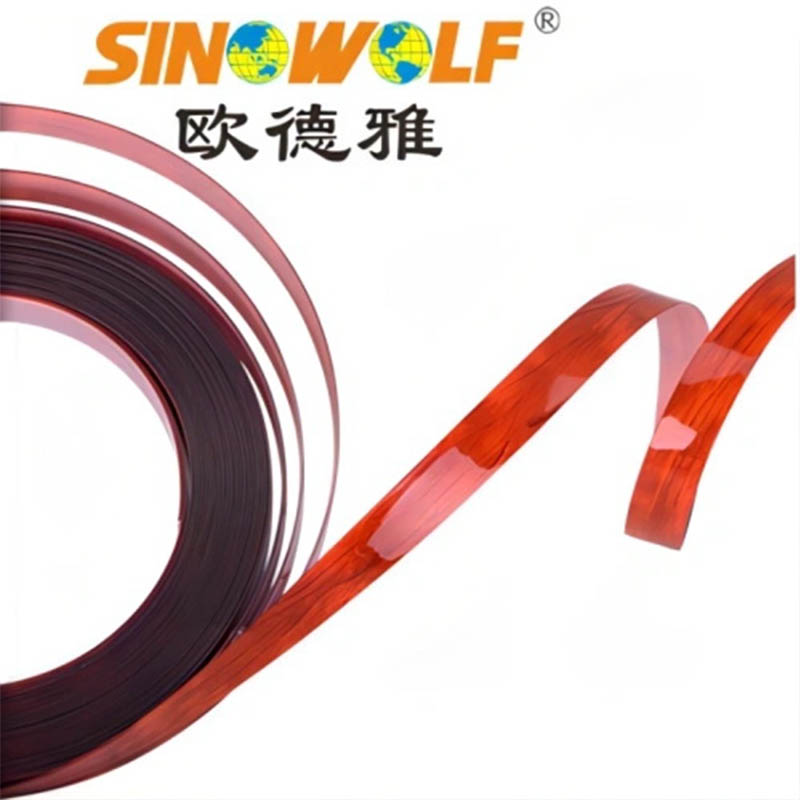3d Acrylic Edge Banding (3D Acrylic Edge Banding) is becoming increasingly popular as a decorative material in the fields of furniture manufacturing and construction. Not only does it offer colorful design options, it also offers excellent durability and texture. In this article, we’ll take a deep dive into the materials and manufacturing process of 3D acrylic edging to better understand this eye-catching decorative material.

Material selection
The main component of 3D acrylic sidebands is acrylic. Acrylic is a reinforced plastic with superior transparency and gloss. Its excellent physical properties make it an ideal material for manufacturing high-quality sidebands. In addition, acrylic can also achieve diverse colors and designs through the addition of dyes and pigments.
While choosing acrylic, manufacturers also focus on adding some reinforcement materials to improve the wear resistance and stain resistance of the sidebands. The combination of these materials ensures that 3D acrylic edging is not only visually appealing but also has the functionality required for long-term use.
Manufacturing process
1. Material preparation
The first step in making 3D acrylic strips is to prepare the materials. Acrylic particles and reinforcements are mixed and heated to form a malleable mixture. This step ensures the uniformity and consistency of the material and provides the basis for subsequent processing.
2. Extrusion molding
The mixture is fed into an extruder where it is formed into the desired edge shape through a process of heating and extrusion. At this stage, manufacturers can choose different molds and extrusion heads to obtain acrylic strips of different widths, thicknesses, and designs.
3. Cooling and solidification
The extruded edge strips enter the cooling chamber to ensure rapid cooling and solidification. This step is important to ensure that the edging retains its shape and quality. The cooling process also helps improve the physical strength and stability of the sidebands.
4. Cutting and trimming
Once the edge strips have cooled and solidified, they are cut to the desired length and trimmed to ensure a smooth and consistent edge. Precision in cutting and trimming is critical to the appearance and performance of the final product.
By gaining an in-depth understanding of the material and manufacturing process of 3D acrylic edging, we are able to better understand the qualities and characteristics of this decorative material. The superior properties of acrylic, as well as the precision craftsmanship in the manufacturing process, make 3D acrylic edging a decorative choice of choice for many furniture manufacturers and architects. Its rich design options and durability make it an important player in the ever-changing market, indicating that it will remain one of the eye-catching decoration trends in the future.






